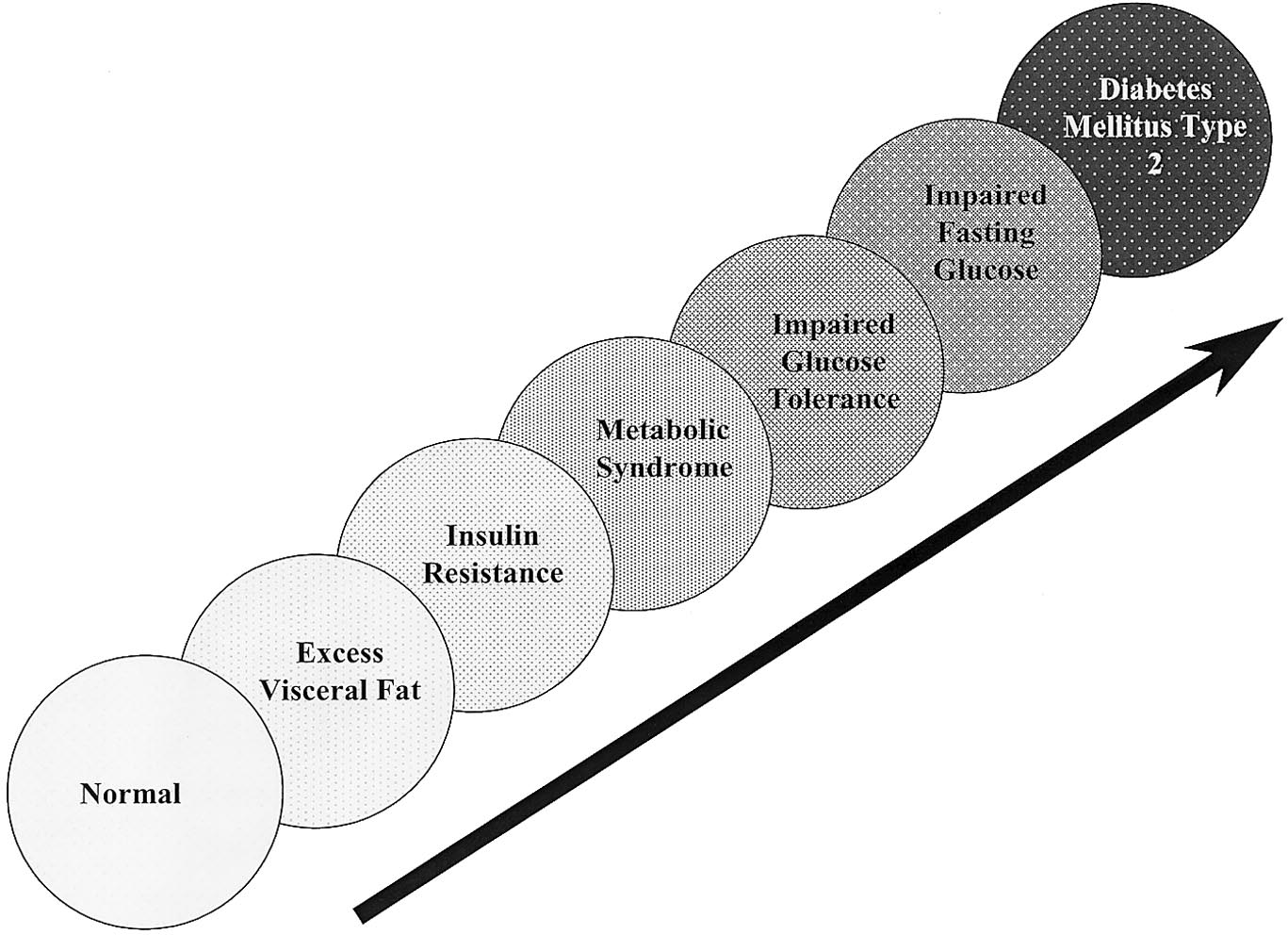galdermausa.com
HIGHLIGHTS OF PRESCRIBING INFORMATION ------------------------------- WARNINGS AND PRECAUTIONS ------------------------- These highlights do not include all the information needed to use EPIDUO • Ultraviolet Light and Environmental Exposure: Avoid exposure to sunlight and FORTE gel safely and effectively. See full prescribing information for EPIDUO





